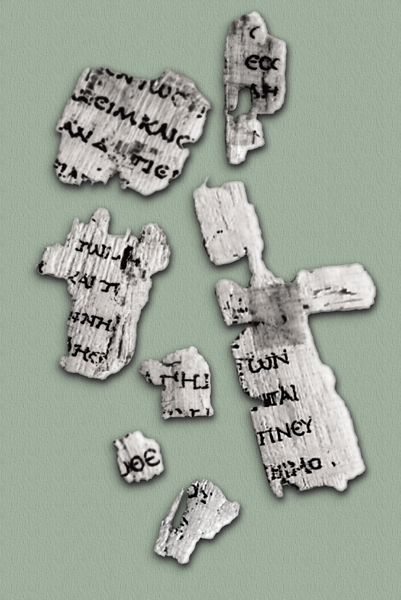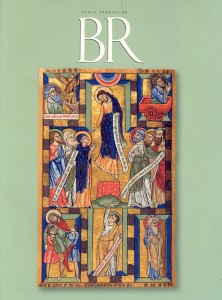That’s No Gospel, It’s Enoch!
Identification of Dead Sea Scrolls challenged

In 1972 the Spanish scholar José O’Callaghan startled the world of biblical scholarship when he announced that he had identified nine New Testament fragments among the Dead Sea Scrolls.1 In the 30 years since, O’Callaghan’s findings have annoyed many scholars, excited a few and left most scratching their heads—wondering if they will ever know for sure what these tiny fragments contain.
But now, thanks to the painstaking research of two European scholars and one Disney World carpenter, all this has changed. It seems certain that two of the nine fragments are definitely not New Testament texts, that the same likely holds true for the other seven, and that at least some of these fragments and several other unidentified pieces from the same cave can now be positively identified: They come from the First Book of Enoch!
The fragments “identified” by O’Callaghan were discovered in Cave 7 at Qumran. The cave is itself curious in that all the fragments found there were written on papyrus and in Greek, whereas the vast majority of the Dead Sea Scrolls were written on leather and in Hebrew (and, to a lesser extent, in Aramaic).
Already a library member? Log in here.
Institution user? Log in with your IP address.

